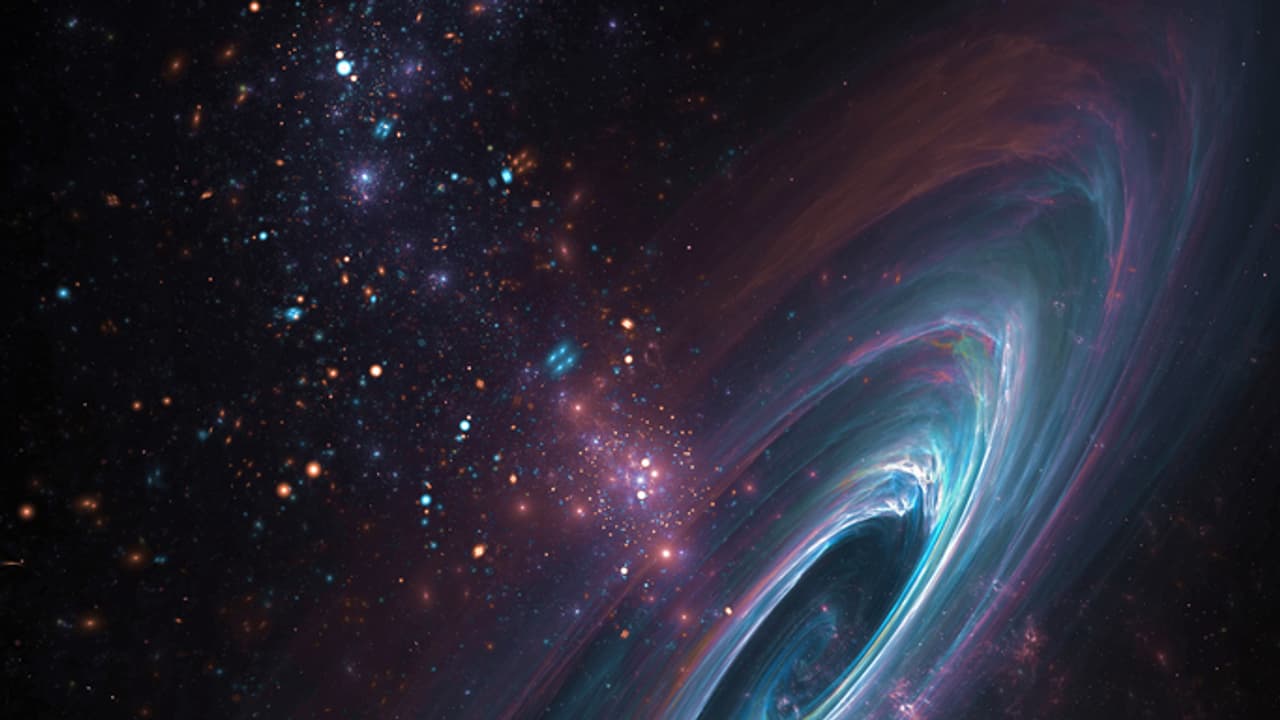Scientists have recreated helium hydride, the universe’s first molecule, revealing its key role in early star formation. This breakthrough helps solve a 13-billion-year-old mystery about how the cosmos evolved from darkness to light.
Imagine going back in time—really far back—to just moments after the Big Bang. There were no stars, no planets, not even atoms as we know them. Just searing heat and a soup of tiny particles. But even in that chaotic beginning, the seeds of everything were being quietly sown. Now, for the first time, scientists have successfully recreated the very first molecule ever formed in the universe, shedding new light on how the cosmos transformed from darkness into light.
This ancient molecule is called helium hydride (HeH⁺). And it may have played a much bigger role in the formation of stars than scientists previously believed.
The molecule that started it all
About 13.8 billion years ago, the universe was born in the Big Bang. As it slowly cooled over hundreds of thousands of years, the first atoms of hydrogen and helium formed. Eventually, these atoms began to combine and react, and the very first molecule to emerge was helium hydride—made from one helium atom and one hydrogen nucleus.
It might seem like a small step, but this molecule was crucial. It helped the universe lose enough heat for stars to form. Without it, the cosmos might have remained a cold, dark place for much longer.
A cosmic puzzle finally solved
While scientists have known about helium hydride in theory, proving how it behaved in the early universe has been a challenge. That’s because the conditions back then—extremely cold temperatures and near-empty space—are nearly impossible to recreate on Earth.
But researchers at the Max Planck Institute for Nuclear Physics in Germany found a way. Using a cutting-edge device called a Cryogenic Storage Ring (CSR), they cooled the environment down to near absolute zero (−267°C) and studied how helium hydride reacted with another form of hydrogen called deuterium.
To their surprise, the reaction didn’t slow down in the cold as previously expected. Instead, it stayed strong—even at the lowest temperatures. This suggests that helium hydride was far more important in early-universe chemistry than scientists had thought. It likely helped form the hydrogen molecules (H₂) that were essential for the first stars to ignite.
Why it matters
Understanding how the first molecules behaved helps scientists fill in the missing pieces about how the universe evolved. This discovery changes what we know about the conditions that made star formation possible, especially during a time when the universe was still shrouded in darkness.
Dr. Holger Kreckel, who led the experiment, explained that earlier theories underestimated the role of helium hydride. With this new experiment, published by MAX-PLANCK-INSTITUT, and updated theoretical models, the narrative of early cosmic chemistry is being rewritten.
A step closer to cosmic origins
This breakthrough doesn’t just solve a long-standing mystery—it also opens the door for more discoveries about the universe’s earliest days. By better understanding these building blocks, scientists are getting closer to answering one of humanity’s biggest questions: how did everything begin?
Source:
Max-Planck-Institut für Kernphysik, August 3, 2025
